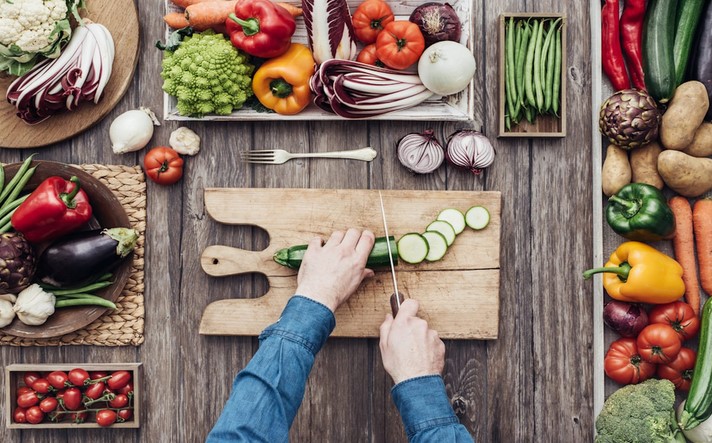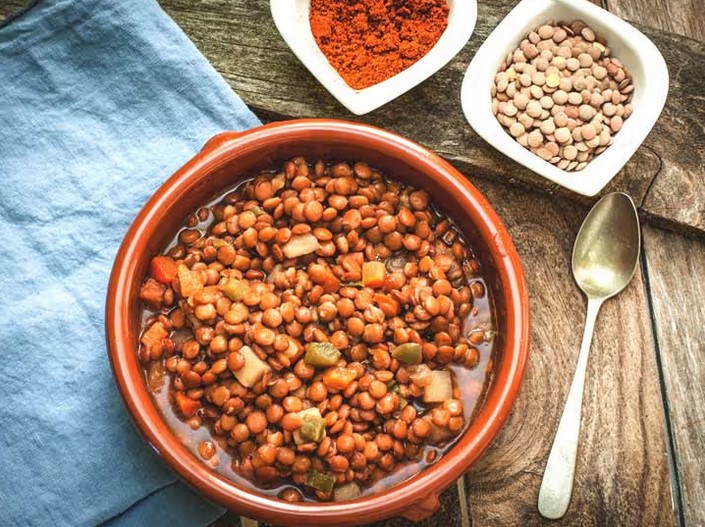
Making the decision to transition to veganism can be one of the most impactful choices you make for your health, the environment, and animal welfare. However, the journey to adopting a vegan lifestyle is unique for everyone and may come with challenges. If you’re wondering how to transition to veganism in a way that’s sustainable and enjoyable, this guide will provide you with key insights, tips, and strategies to make the change easier and more fulfilling. Whether you’re motivated by health concerns, ethical reasons, or environmental factors, the following steps can help you navigate the transition smoothly.
Understanding the Basics of Veganism
Before diving into the practical aspects of transitioning, it’s important to first understand what veganism is all about. Veganism is not just about eliminating animal-based products from your diet; it’s a lifestyle that seeks to avoid the use of animals for food, clothing, entertainment, or any other purpose. People choose veganism for various reasons, including:
- Health Benefits: A plant-based diet can help reduce the risk of chronic diseases such as heart disease, diabetes, and obesity.
- Ethical Reasons: Many people adopt veganism to avoid contributing to animal cruelty in industries such as factory farming.
- Environmental Impact: Animal agriculture is a leading cause of environmental degradation, including deforestation, water pollution, and greenhouse gas emissions.
Knowing why you want to make this transition is essential because it can help you stay motivated throughout the process. Understanding your reasons also allows you to research how a plant-based diet can address specific goals, whether it’s better health or reducing your carbon footprint.
Step 1: Educate Yourself
One of the most important aspects of transitioning to veganism is understanding what goes into a balanced plant-based diet. A vegan diet can be nutritious and delicious, but it requires some planning to ensure you’re meeting all your nutritional needs. Start by learning about essential nutrients, such as protein, vitamin B12, iron, calcium, and omega-3 fatty acids, and how to incorporate them into your meals.
Subheading: Nutrients to Focus On
- Protein: Unlike animal products, plant-based sources of protein include legumes, beans, tofu, tempeh, quinoa, and lentils.
- Vitamin B12: As this vitamin is naturally found in animal products, it’s important to include fortified foods or take a supplement.
- Iron: Plant-based sources of iron include spinach, lentils, chickpeas, tofu, and pumpkin seeds. Eating these with vitamin C-rich foods, like citrus fruits, enhances iron absorption.
- Calcium: Fortified plant-based milk, leafy greens like kale, almonds, and tofu are great calcium-rich foods.
- Omega-3 Fatty Acids: Flaxseeds, chia seeds, walnuts, and algae-based supplements can provide omega-3s in a plant-based diet.
In addition to these nutrients, you’ll want to familiarize yourself with the variety of plant-based products available on the market, from plant-based meats to dairy alternatives, which can help ease the transition.
Step 2: Gradual Transition vs. Cold Turkey
For some people, the idea of going completely vegan overnight is overwhelming. The good news is that there’s no one-size-fits-all approach to transitioning. You can decide how fast or slow you want to go. Some people prefer a gradual transition, while others prefer to jump in with both feet. Both approaches have their benefits.
- Gradual Transition: This approach allows you to slowly phase out animal products over time. You might start by eliminating meat, then move on to dairy, and finally eggs. A gradual approach reduces the chances of feeling overwhelmed and allows you to experiment with different plant-based alternatives.
- Cold Turkey: If you’re the type of person who prefers to go all in, a “cold turkey” approach may suit you. This means completely eliminating animal products from your diet right away. While this method can be more challenging initially, it can also help you feel more committed to your decision and gives you a clear line between your old and new lifestyle.
Regardless of the method you choose, remember that transitioning is a personal experience. It’s okay to have setbacks or slip-ups along the way; what matters most is that you’re making progress toward your goal of adopting a plant-based lifestyle.
Step 3: Meal Planning and Cooking
A major part of how to transition to veganism successfully lies in meal planning and cooking. Many people are hesitant about transitioning because they feel they won’t know what to cook or might get bored with their meals. However, there are countless delicious and easy vegan recipes available to suit every taste and occasion.
- Start Simple: Begin by swapping familiar meals with plant-based versions. For example, try a vegetable stir-fry with tofu instead of chicken, or a lentil soup instead of a beef stew.
- Batch Cooking: Prepare your meals in advance so you always have healthy options available. This can save time during the week and help you avoid the temptation to revert to old eating habits.
- Explore Vegan Cuisine: Take advantage of the wide variety of cuisines that are naturally plant-based, such as Indian, Ethiopian, and Mediterranean dishes. Many of these dishes are packed with flavor and nutrition.
- Invest in Tools and Ingredients: Stock your kitchen with essential vegan pantry staples like beans, grains, nuts, seeds, and plant-based oils. Having these ingredients on hand makes it easier to whip up quick, satisfying meals.
Having a solid meal plan helps ensure that you’re meeting your nutritional needs and prevents the temptation to rely on processed or unhealthy vegan junk foods.
Step 4: Find Support and Community
The transition to veganism can feel isolating at times, especially if your friends and family aren’t supportive or are unfamiliar with plant-based living. Finding support and joining a community of like-minded individuals can be incredibly helpful. Many online forums, social media groups, and local meetups are dedicated to veganism and plant-based living. Here, you can find recipes, tips, and even advice from others who are going through the same journey.
You might also consider seeking guidance from a registered dietitian who specializes in plant-based nutrition. This can help you feel more confident in your food choices and ensure that you’re meeting all your health goals.
Conclusion
Transitioning to veganism is a powerful and positive step toward a healthier and more compassionate lifestyle. By educating yourself, planning meals, and gradually incorporating plant-based foods, you can smoothly navigate this transition. Whether you’re making the change for your health, the animals, or the planet, it’s important to remember that the journey is unique to each individual. As you move forward, remember that how to transition to veganism is not about perfection but progress. Enjoy the process and embrace the many benefits that come with adopting a plant-based lifestyle.
